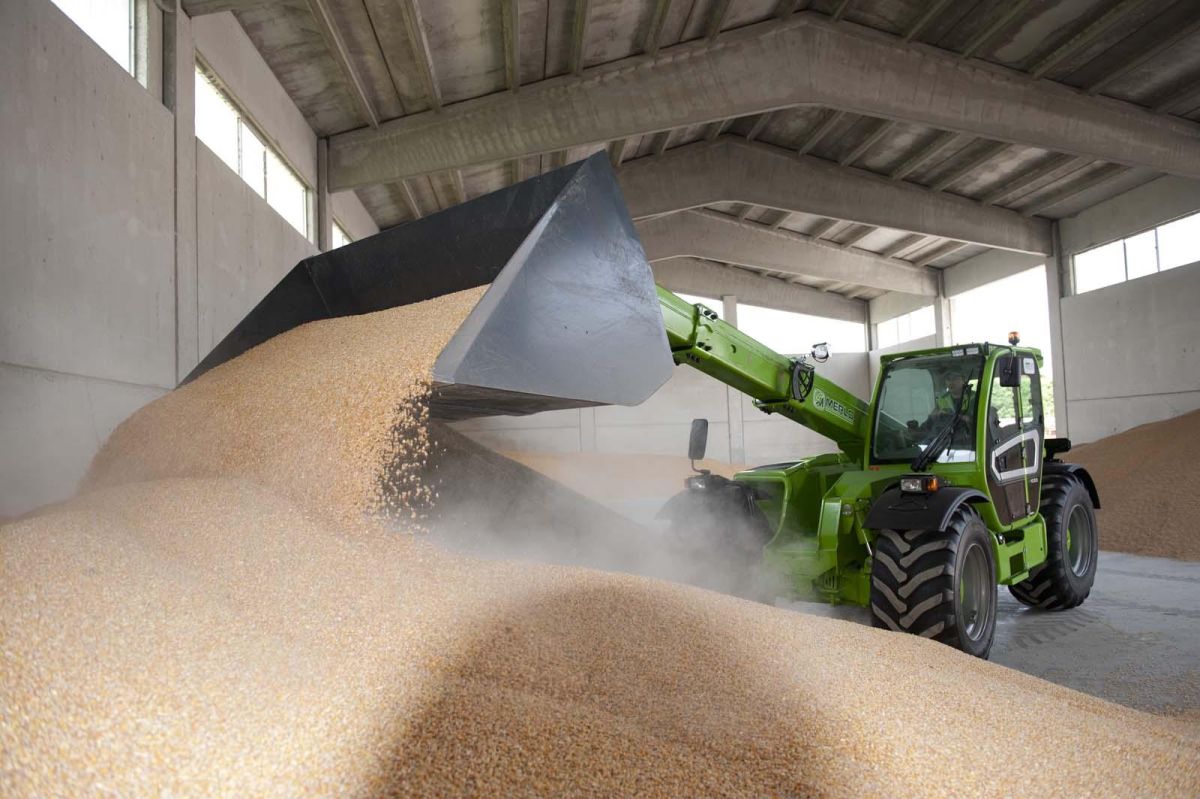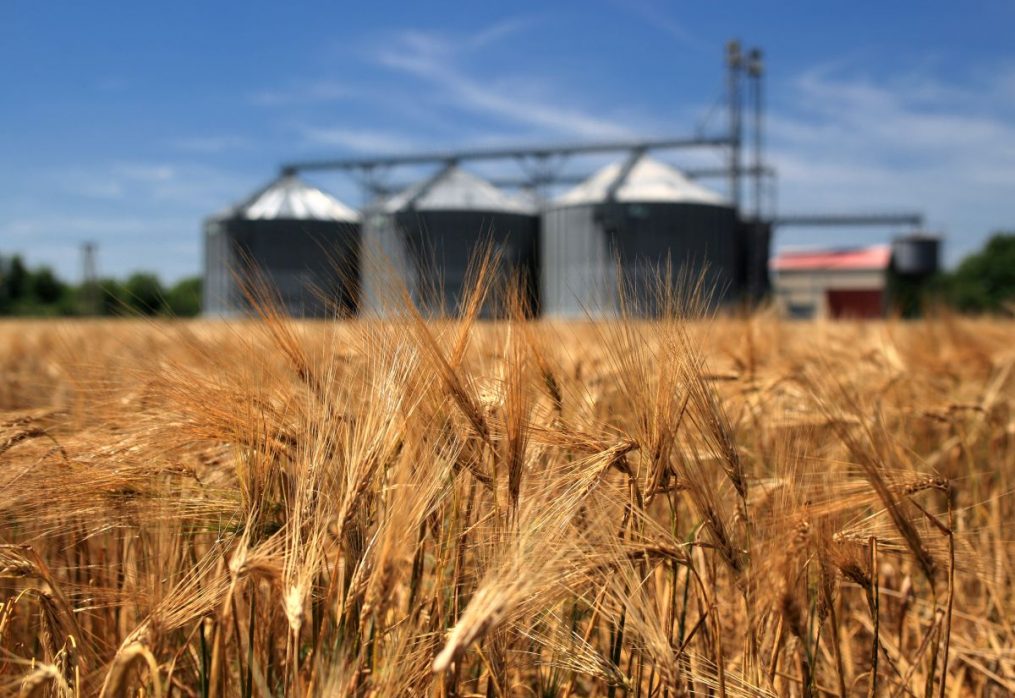Grain stocks will fall this season: FAO forecast
World grain stocks in 2021 will fall to a record low
Analysts of the UN division, which deals with food and agriculture, presented a forecast for the current year. According to the document, grain stocks in the world may decline to a record low for the last 5 years. At the same time the volume of trade will increase.
According to forecasts, a slight growth in grain production is expected in winter wheat, which will be grown in the Northern Hemisphere. This is due to an increase in acreage for the crop in the United States, India, France and Russia. As for maize, its production in Argentina and Brazil will decrease compared to the last period, which was a record. However, values will still be above average. Analysts also point to a favorable situation in South Africa.
In the current year consumption of crops in the world will amount to about 2761 million tons, this figure is 52 million tons more than in the previous period. The reason for volume growth was the situation in China, where demand for feed grain increased significantly due to active pig population recovery. Moreover, in the country itself reserves were limited, so an active import of raw materials began. Rice consumption in the current season will increase by 1.8%, and wheat consumption by 0.7%.
World stocks of cereals will decrease by 2.2% to 801 million tons. Experts note that this figure is the lowest in 5 years. In this regard, the ratio of stocks and consumption of grain in the world will decrease by 28.3%. This figure is considered to be the lowest in 7 years.

FAO analysts note that the presented forecast comes already with adjustments related to the situation in China and the changes it brought to the processes in the world market. First of all, it concerned stocks of corn.
Cereal trade volumes on the world market are expected to be more than 465 million tonnes, 5.7% higher than in the previous season, which was a record. Again, the reason is purchases from China, primarily corn. It is imported in large quantities from the U.S.
Trade in rice will increase by 7.9%, and India is the main exporter of the crop.
Experts predict that China will need at least 6 months to replenish stocks of corn and soybeans. That means imports into the country will only increase, which will cause rise in prices for crops and instability on the market. The main supplier is the U.S., and it noted that local producers have already shipped record amounts of crops to China.
